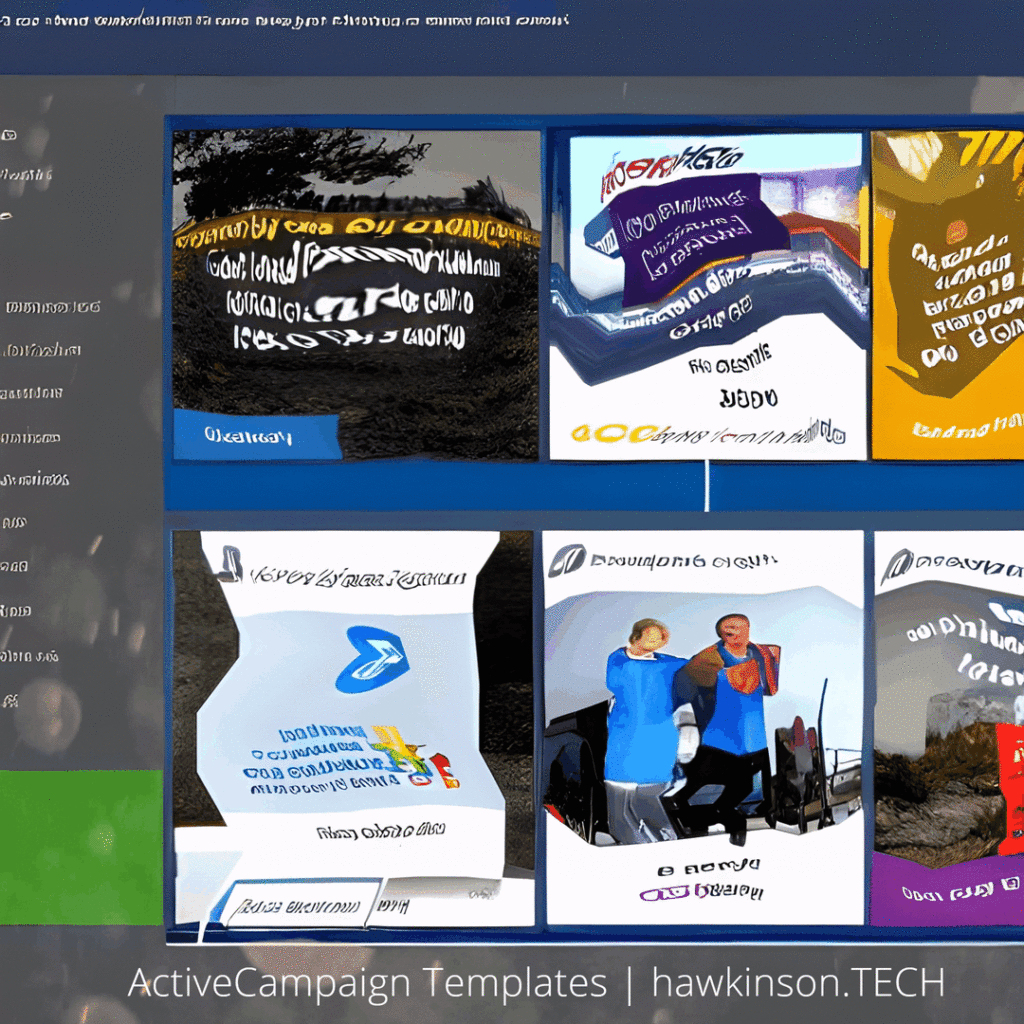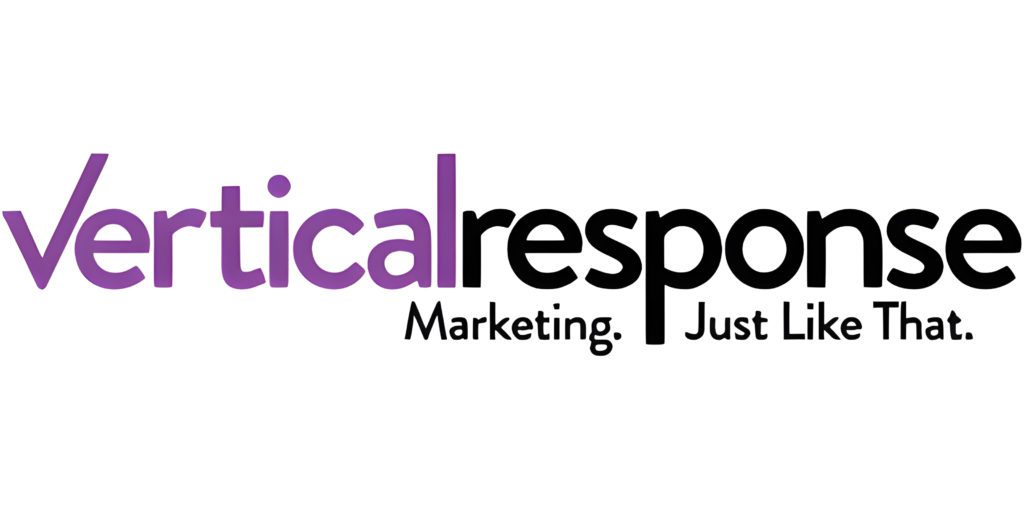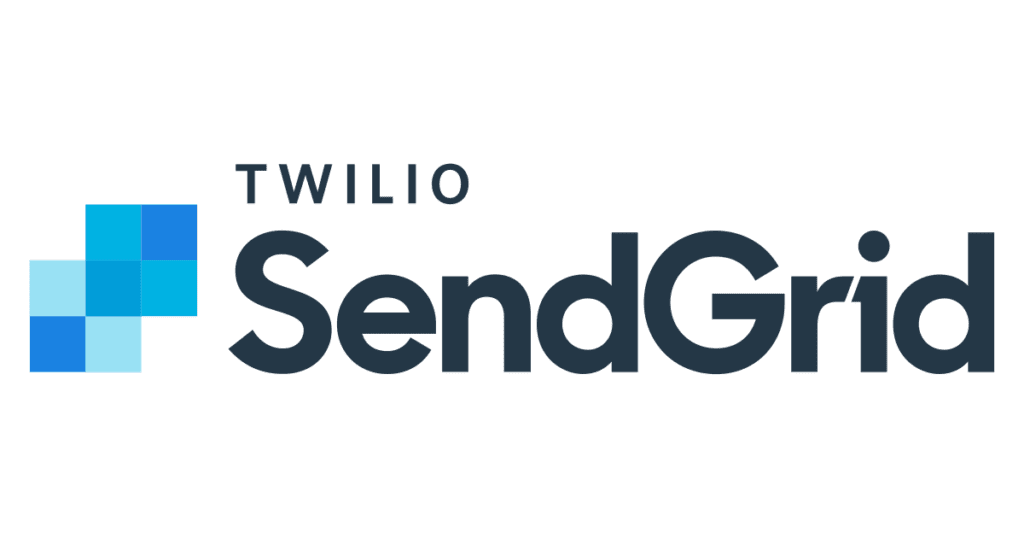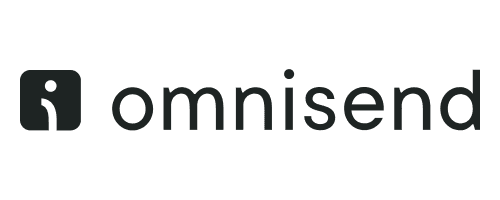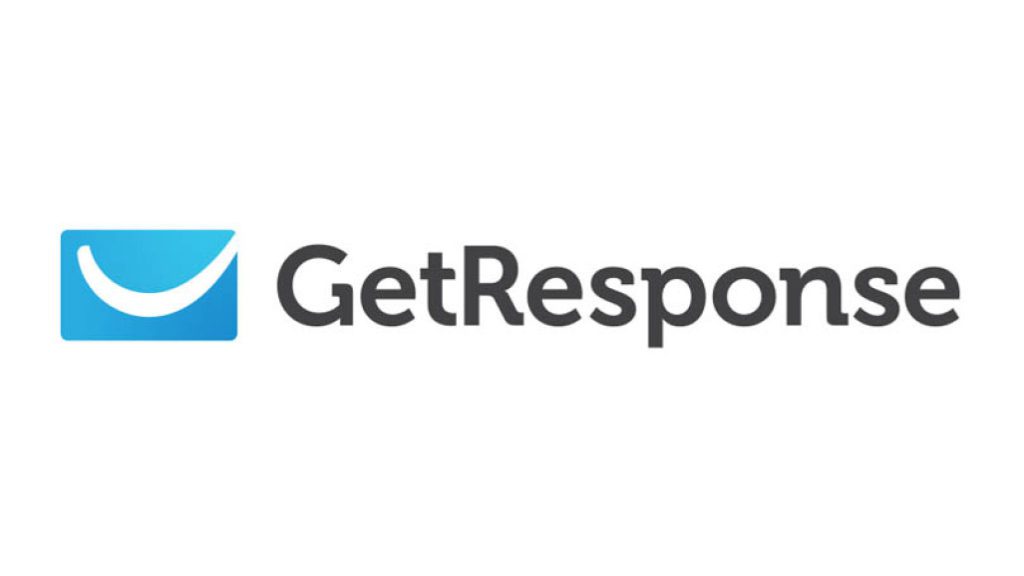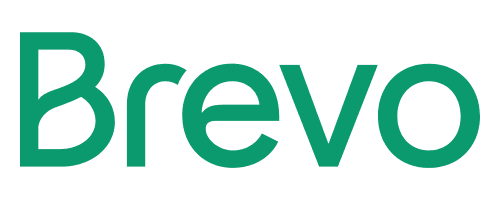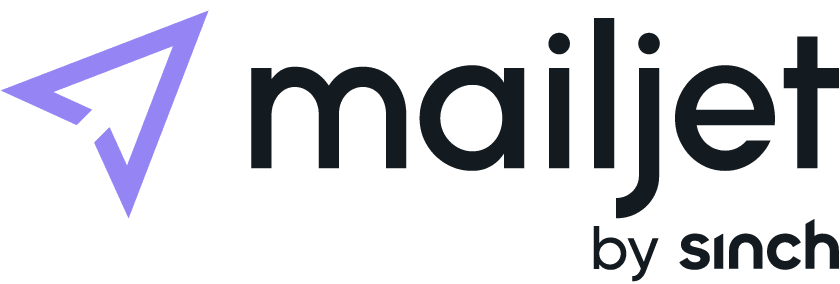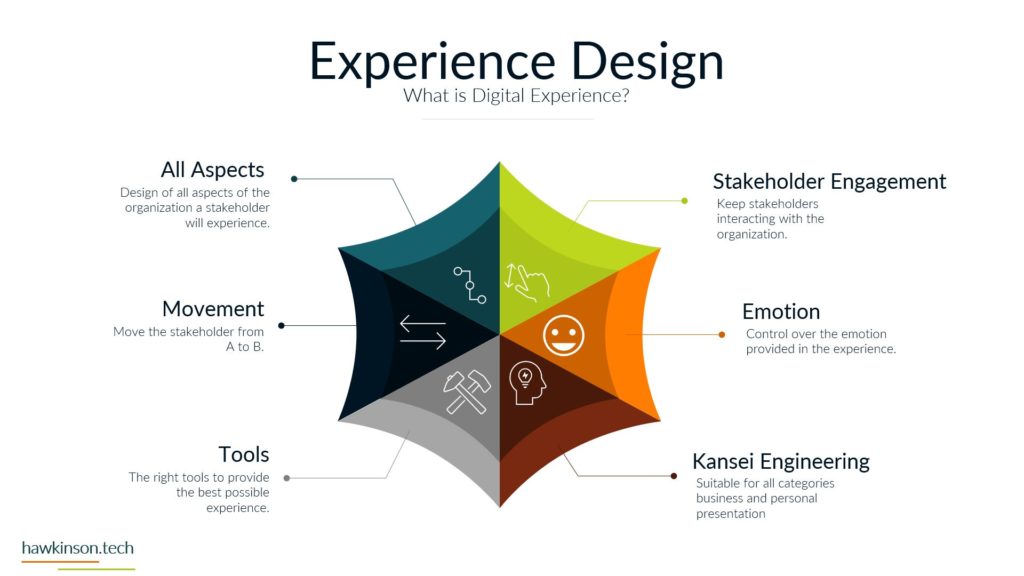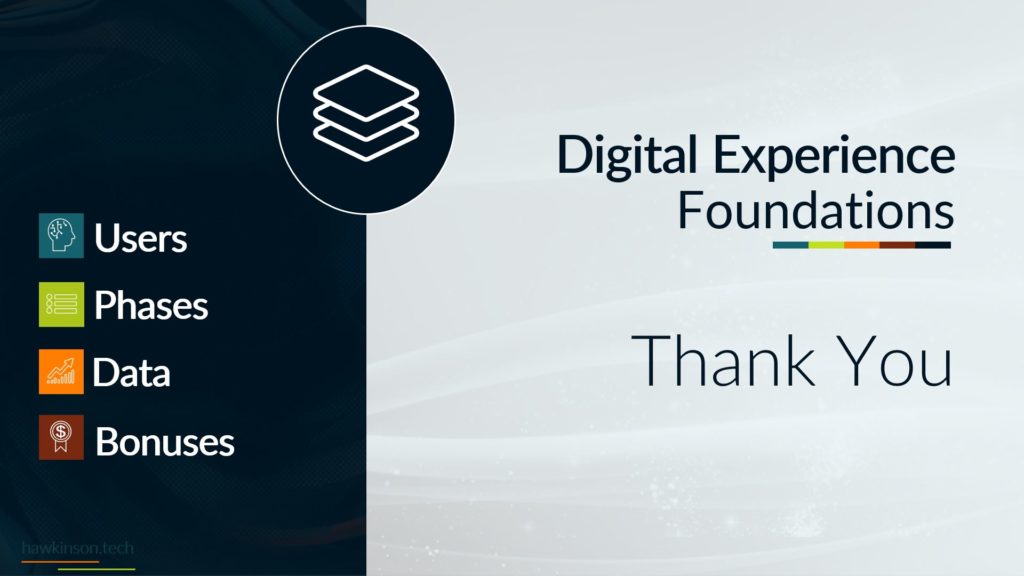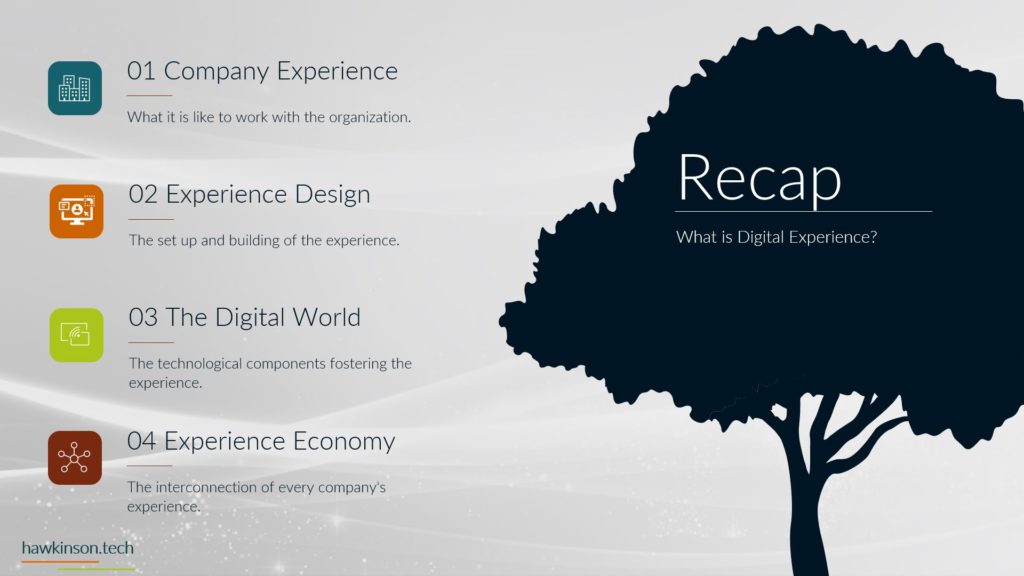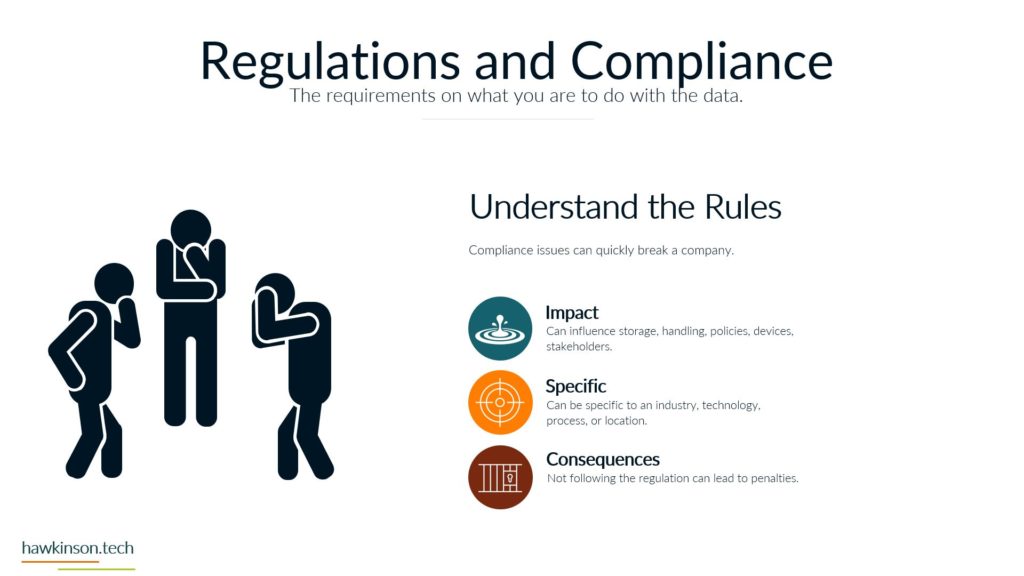Cost Benefit of Email Marketing: Achieving High ROI with Cost-Effectiveness
In marketing, achieving a commendable ROI while maintaining cost-effectiveness is a perpetual business pursuit. Regarding digital marketing strategies, email marketing stands out as a clear frontrunner. This powerhouse approach offers a compelling combination of affordability and impressive returns, making it an indispensable tool for businesses of all sizes.
Unleashing Email Marketing’s Key Advantage: Reaching a Diverse Audience on a Budget
One of the primary benefits of email marketing lies in its ability to reach a large and diverse audience without breaking the bank. Unlike traditional marketing channels that demand substantial financial investments for advertising space or airtime, email marketing allows businesses to communicate directly with their audience at a fraction of the cost. From small startups to multinational corporations, this level playing field enables companies to allocate their marketing budgets more efficiently, unlocking the potential for further growth and innovation.
Data-Driven Success: Tracking Performance and Optimizing Email Campaigns
Moreover, the inherent trackability of email campaigns empowers businesses to gauge their performance accurately. Advanced analytics provide insightful metrics such as open rates, click-through rates, and conversion rates. With this data, marketers can assess the efficacy of their campaigns and make data-driven decisions to optimize future strategies, leading to a higher ROI.
The remarkable cost-effectiveness and high ROI of email marketing render it a wise investment for businesses aiming to boost their marketing efforts. By harnessing the potential of this digital tool, enterprises can forge lasting connections with their audience while reaping substantial returns on their marketing endeavors.
Comparison with Traditional Marketing Channels: Email Marketing’s Striking Advantages
Email marketing has sparked a transformative shift in how businesses engage with their audience in the ever-evolving marketing landscape. A pertinent comparison with traditional marketing channels becomes imperative to grasp the true value of this digital strategy.
Data-Driven Approach: How Email Marketing Outperforms Traditional Channels
When juxtaposed with traditional avenues such as print media, TV, or radio advertising, the benefits of email marketing become strikingly apparent. While traditional channels often entail exorbitant ad placements and airtime costs, email marketing offers a cost-effective alternative with minimal overheads. This makes it an attractive option for businesses, particularly those with constrained budgets seeking to maximize their reach without compromising impact.
Personalized Attention and Relevance: Email Marketing’s Edge
Furthermore, traditional marketing channels often need more targeted precision email marketing offers. Through advanced segmentation and personalization, businesses can tailor email campaigns to address specific audience segments’ unique preferences and needs. This fosters a sense of personalized attention and relevance, enhancing engagement and conversion rates.
Real-Time Tracking and Analytics: Unraveling Email Marketing’s Insights
Moreover, email marketing allows for real-time tracking and analytics, offering invaluable insights into campaign performance. Marketers can readily assess open rates, click-through rates, and other key metrics, empowering data-driven decision-making and continuous improvement.
Comparing email marketing with traditional marketing channels underscores the unmatched cost-effectiveness, targeted precision, and data-driven email marketing approach. As businesses navigate the digital landscape, integrating email marketing into their marketing mix can catalyze growth and propel them ahead of the competition.
Benefit 1: Low Cost of Implementation for Impressive ROI
Regarding marketing strategies, finding cost-effective solutions that deliver a high return on investment is crucial for businesses of all sizes. This is where the benefit of email marketing truly shines. One of the key advantages of email marketing is its low cost of implementation, making it an attractive option for businesses seeking effective yet budget-friendly marketing tactics.
Budget-Friendly Marketing Tactics: The Power of Email Marketing
Email marketing requires minimal upfront investment compared to traditional marketing channels like television, print, or radio advertising. Instead of allocating substantial budgets to reach a wide audience, businesses can utilize email marketing to reach a broad target group at a fraction of the cost. With cost-efficient email service providers and automation tools readily available, creating and sending personalized emails becomes an efficient process.
Segmentation and Personalization: Key Benefits of Email Marketing
In addition to its affordability, email marketing enables businesses to segment their audience, allowing targeted and tailored campaigns. By analyzing user behavior, preferences, and demographics, marketers can craft highly relevant content that resonates with specific segments of their subscriber base. This personalized approach increases engagement rates and boosts the likelihood of converting prospects into loyal customers.
A/B Testing and Optimization: Enhancing Email Marketing’s Cost-Effectiveness
Furthermore, the ease of A/B testing and optimization in email marketing contributes to its cost-effectiveness. Businesses can experiment with subject lines, call-to-action buttons, and content formats to determine what resonates best with their audience. Such data-driven insights help refine email campaigns, improving their effectiveness and generating better returns.
Low Cost of Implementation: Leveraging Email Marketing’s Advantage
Email marketing remains attractive as businesses look for affordable marketing strategies without compromising results. Its low cost of implementation, coupled with the ability to segment, personalize, and optimize campaigns, make it a powerful tool for generating leads, fostering customer relationships, and driving revenue growth. By tapping into the unique advantages of email marketing, businesses can establish a strong online presence and reach their marketing objectives with minimal financial strain.
Benefit 2: Wide Reach at Low Cost – An Indispensable Tool for Modern Businesses
In today’s digital age, where businesses strive to expand their reach and connect with a wider audience, the benefit of email marketing stands out as a cost-effective and efficient strategy. With just a simple click of a button, email marketing allows you to tap into a vast pool of potential customers, making it an indispensable tool for modern businesses.
Cost-Effective and Efficient: Email Marketing’s Wide Reach
The primary advantage of email marketing lies in its ability to reach a large audience at a low cost. Traditional marketing channels often come with hefty price tags, limiting the scope for small and medium-sized enterprises to compete effectively. However, with email marketing, the scenario is entirely different. By leveraging email service providers’ scalable pricing plans, businesses can tailor their campaigns to suit their budgets and goals, ensuring that they reach thousands of recipients without a substantial increase in expenses.
Engagement and Insights: The Impact of Personalization in Email Marketing
Moreover, email marketing’s low cost of implementation does not compromise its effectiveness. Personalized and targeted emails can yield significantly higher engagement rates than generic mass communications. With advanced analytics tools, businesses can track user interactions, measure campaign performance, and gain valuable insights into customer behavior. This data-driven approach empowers businesses to refine their strategies, create more compelling content, and optimize conversions, resulting in a higher return on investment.
Targeting Audiences Effectively: Email Marketing’s Segmentation Advantage
Furthermore, email marketing allows for segmentation, enabling businesses to tailor their messages to specific audience groups based on demographics, preferences, and past interactions. This level of personalization fosters a stronger connection with recipients and enhances the likelihood of meaningful conversions.
Affordable Success: Leveraging Email Marketing for Business Growth
In conclusion, the benefit of email marketing lies in its ability to offer a wide reach at a low cost. By leveraging scalable pricing plans, businesses can efficiently connect with a large audience and generate remarkable results without breaking the bank. Embracing the power of email marketing not only expands brand visibility but also strengthens customer relationships, propelling businesses toward sustainable growth and success.
Benefit 3: Personalization Opportunities for Deeper Audience Connections
In the ever-evolving digital marketing landscape, businesses constantly seek innovative ways to connect with their audience and drive meaningful engagement. The benefit of email marketing becomes evident when we delve into personalization. Personalized emails have yielded higher engagement rates and fostered deeper connections with recipients. By tailoring content to individual preferences, behaviors, and demographics, businesses can create a more relevant and compelling message, ultimately increasing the likelihood of conversion.
Connecting on a Personal Level: The Power of Email Marketing Personalization
One-size-fits-all marketing approaches are becoming obsolete in the age of data-driven strategies. Today’s consumers expect personalized experiences, and email marketing provides the perfect avenue to deliver precisely that. Through in-depth audience segmentation and leveraging customer data, businesses can craft emails that resonate personally with each recipient.
Data-Driven Engagement: Leveraging Personalization in Email Campaigns
By addressing recipients by their first names, businesses can add a human touch to their emails, making the communication feel more intimate and genuine. Beyond just using names, email marketers can utilize past purchase history, browsing behavior, and engagement patterns to tailor content that aligns with the individual’s interests and preferences.
Delivering Relevance: Crafting Compelling Messages through Personalization
Moreover, the power of personalization extends to crafting dynamic content that adapts based on the recipient’s behavior or location. This includes showing different product recommendations based on browsing history or providing localized offers and events based on the recipient’s geographic location.
Personalized CTAs: Driving Conversions through Customized Calls-to-Action
Furthermore, implementing personalized calls-to-action (CTAs) that speak directly to the recipient’s interests can significantly boost click-through rates and conversions. By analyzing user data, businesses can determine which CTAs most likely resonate with each audience segment, leading to a more effective email marketing campaign.
Embracing Personalization: Unleashing the Potential of Email Marketing
The benefit of email marketing lies in its personalization opportunities. By tailoring content to individual preferences, behaviors, and demographics, businesses can create a connection beyond generic mass communications. Embracing personalization in email marketing is the key to unlocking higher engagement rates, driving customer loyalty, and achieving impressive conversion rates. As businesses continue to prioritize personalized experiences, email marketing remains a powerful and indispensable tool in their digital marketing arsenal.
Benefit 4: Automation and Efficiency – Revolutionizing Marketing Engagement
The key to unlocking unparalleled efficiency lies in the strategic implementation of automation. As businesses grapple with managing large subscriber lists and crafting personalized campaigns, automation emerges as a game-changing solution, revolutionizing how marketers engage with their audience.
Efficiency Unleashed: The Power of Email Marketing Automation
The benefit of email marketing becomes abundantly clear when automation is harnessed to its full potential. With automation, routine and repetitive tasks such as list segmentation, personalized content delivery, and follow-up emails can be seamlessly streamlined. This saves valuable time and resources and ensures consistent and timely communication flow with the audience.
Automating for Success: How Email Marketing Drives Efficiency
Sophisticated automation tools enable businesses to create dynamic email workflows where recipients receive tailored messages based on their behavior, preferences, and stage in the customer journey. This level of personalization fosters a deeper connection with the audience, elevating engagement and conversion rates.
Streamlining Communication: The Impact of Email Marketing Automation
Furthermore, automation facilitates efficient lead nurturing, automagically guiding potential customers through the sales funnel with relevant content and strategic touchpoints. As prospects progress through the buyer’s journey, the right emails are delivered at the right time, nurturing their interest and trust in the brand.
Dynamic Workflows: Nurturing Leads with Automated Email Campaigns
In conclusion, leveraging automation in email marketing empowers businesses to optimize their campaigns, cultivate meaningful relationships with their audience, and drive impressive results with remarkable efficiency. By embracing automation as an indispensable tool, marketers can elevate their strategies to new heights in the ever-evolving digital landscape.
Benefit 5: Measurable Results – Data-Driven Decision Making
In the fast-paced world of digital marketing, measuring and analyzing the impact of campaigns is crucial for businesses seeking to make data-driven decisions and achieve a higher return on investment. The benefit of email marketing becomes evident when we delve into the realm of measurable results. Email marketing provides detailed metrics, such as open rates, click-through rates, and conversion rates, giving marketers valuable insights into the effectiveness of their campaigns and allowing for strategic optimization.
Unlocking Insights: Measuring Email Marketing Effectiveness
One of the key advantages of email marketing is its ability to offer real-time data on campaign performance. Through robust analytics tools, businesses can track how many recipients opened their emails, which links were clicked, and how many converted into customers. These measurable results provide a clear picture of audience engagement and can be used to refine and tailor future campaigns.
Decoding Engagement: Analyzing Open and Click-Through Rates
Open rates indicate how many recipients opened an email, reflecting the effectiveness of the subject line and overall email content. Click-through rates, on the other hand, reveal the percentage of recipients who clicked on a link within the email, showcasing the level of interest and engagement. By analyzing these metrics, businesses can identify which aspects of their emails resonate with their audience and optimize their content accordingly.
Conversion Rates Unleashed: The Ultimate Email Marketing Metric
Conversion rates are the most critical metric, indicating the percentage of recipients who completed a desired action, such as purchasing or signing up for a newsletter. Measuring conversion rates allows marketers to determine the success of specific campaigns and their impact on the bottom line.
A/B Testing Secrets: Optimizing Email Campaigns for Success
Moreover, A/B testing, another powerful email marketing feature, allows businesses to compare the performance of two different email variations. By testing different subject lines, content formats, or calls to action, marketers can identify which version drives better results and use that knowledge to refine future campaigns.
Quantifying Success: Email Marketing’s Measurable Impact
The benefit of email marketing lies in its ability to provide measurable results. The data-driven approach offered by email marketing empowers businesses to analyze campaign performance, optimize strategies, and achieve a better return on investment. By leveraging detailed metrics such as open rates, click-through rates, and conversion rates, businesses can gain valuable insights into their audience’s behavior and preferences, leading to more effective and impactful email marketing campaigns. As the digital landscape continues to evolve, the ability to measure results and adapt strategies accordingly is a cornerstone of successful email marketing endeavors.
Benefit 6: Targeted and Segmented Campaigns for Better Engagement
In the vast digital landscape, businesses constantly seek effective ways to connect with their audience and deliver messages that truly resonate. The benefit of email marketing shines brightly when it comes to targeted and segmented campaigns. Email marketing allows for precise targeting based on subscriber behavior, preferences, and demographics, empowering businesses to send more relevant content to specific groups. This approach fosters higher engagement rates and boosts conversions, positively impacting overall marketing success.
Beyond Mass Emailing: Driving Success with Targeted Campaigns
Gone are the days of generic mass emails flooding inboxes without considering individual preferences. With the advent of advanced email marketing tools, businesses can now segment their email lists based on various criteria. Marketers can tailor their messages to address each segment’s unique interests and needs by categorizing subscribers into distinct groups.
Segmentation Strategies: Unleashing Email Marketing’s Potential
Subscriber behavior plays a significant role in segmentation. Businesses can identify their interests, purchasing habits, and engagement patterns by analyzing how recipients interact with previous emails. This valuable data enables marketers to create personalized content that aligns with each subscriber’s preferences, driving deeper connections and fostering brand loyalty.
The Art of Precision: Targeting Audiences for Email Marketing Success
Preferences and demographics are equally vital factors in targeted campaigns. Understanding subscribers’ preferences, such as content type, frequency of emails, and preferred communication channels, allows businesses to deliver a seamless and enjoyable user experience. Demographic segmentation, on the other hand, considers factors like age, gender, location, and occupation. Such insights enable marketers to craft messages that resonate culturally and cater to specific geographic or professional needs.
Subscriber-Centric Approach: Tailoring Content for Better Engagement
The impact of targeted and segmented campaigns on engagement and conversion rates is substantial. When subscribers receive emails that genuinely interest them and address their pain points, they are likelier to open, read, and act on the content. Higher engagement rates translate into increased website traffic, click-throughs, and conversion rates.
The benefit of email marketing lies in its capacity for targeted and segmented campaigns. Businesses can create highly personalized content that resonates with specific audience groups by leveraging data-driven insights to understand subscriber behavior, preferences, and demographics. The result is an email marketing strategy that maximizes engagement, fosters stronger connections with the audience, and ultimately drives higher conversion rates. Embracing precision in email marketing is the key to unlocking the full potential of this powerful marketing tool in today’s dynamic digital landscape.
Benefit 7: Direct and Immediate Communication for Time-Sensitive Promotions
In the fast-paced digital world, businesses seek efficient and effective communication channels to connect with their target audience. The benefit of email marketing lies in its ability to offer direct and immediate communication, making it a powerful tool for driving lead generation and sales conversions.
Connecting in Real-Time: Email Marketing’s Immediate Communication Advantage
Unlike traditional advertising methods that rely on third-party platforms or intermediaries, emails reach recipients directly in their inboxes. This direct line of communication ensures that the message is delivered promptly and without external barriers. As a result, email marketing enables businesses to establish a direct connection with their audience, fostering a more personal and intimate brand-consumer relationship.
Driving Sales with Timely Emails: The Benefit of Email Marketing
The immediacy of email communication is unparalleled. With just a few clicks, businesses can email their entire subscriber base, instantly delivering important announcements, updates, or promotional offers. This immediacy allows for real-time engagement with the audience, making email marketing ideal for time-sensitive promotions or limited-time offers.
Time is of the Essence: Leveraging Email for Immediate Communication
Furthermore, email marketing can elicit immediate responses from recipients. Emails allow recipients to act immediately, whether clicking a call-to-action button, responding to a survey, or purchasing. This quick and seamless process drives lead generation, converting potential customers into active prospects.
Seizing the Moment: Email Marketing’s Timely Approach to Lead Generation
The direct and immediate nature of email marketing is especially valuable in lead nurturing. Through automated drip campaigns, businesses can send targeted emails to guide leads through the sales funnel. By delivering relevant content at the right time, email marketing helps build trust and credibility with leads, increasing the chances of converting them into loyal customers.
Efficiency in Action: Email Marketing’s Swift and Direct Communication
Moreover, email’s direct line of communication empowers businesses to engage in personalized interactions with their audience. Addressing recipients by their names and tailoring content to their preferences creates a sense of individuality and exclusivity, further strengthening the bond between the brand and the consumer.
The benefit of email marketing is evident in its direct and immediate communication capabilities. Email marketing facilitates lead generation, drives conversions, and nurtures relationships with the audience by reaching recipients directly in their inboxes and enabling immediate responses. Embracing email marketing as a powerful communication tool is essential for businesses seeking to establish meaningful connections and drive success in the dynamic digital landscape.
Benefit 8: Enhanced Customer Retention and Loyalty – Nurturing Lasting Relationships
In the fiercely competitive business landscape, cultivating customer loyalty and retaining existing clients is essential for sustainable success. The benefit of email marketing becomes evident when we explore its role in enhancing customer retention and fostering long-term loyalty. By regularly engaging with your audience through valuable content and promotions, email marketing becomes a powerful tool for nurturing lasting relationships and driving repeat business, ultimately contributing to a higher return on investment.
Nurturing Customer Relationships: The Power of Email Marketing in Retention
Effective customer retention strategies go beyond the initial purchase. Email marketing offers direct and personalized communication, allowing businesses to stay connected with their customers even after the transaction. By consistently delivering valuable content, relevant updates, and exclusive promotions, businesses can keep their brand top-of-mind and nurture ongoing engagement.
Building a Community of Loyal Customers: The Role of Email Marketing
Through carefully crafted email campaigns, businesses can create a sense of community and belonging among their audience. By understanding their customers’ preferences, pain points, and interests, marketers can tailor content that resonates personally, making customers feel valued and appreciated.
Cultivating Loyalty: The Impact of Email Marketing on Repeat Customers
Additionally, email marketing is an ideal platform for implementing loyalty programs and customer rewards. By offering special discounts, early access to new products, or personalized recommendations based on past purchases, businesses can incentivize repeat business and encourage customers to stay loyal to their brand.
Staying Connected: Email Marketing’s Role in Enhancing Customer Retention
The direct and immediate nature of email marketing allows businesses to address customer concerns promptly and provide exceptional customer support. Responding to inquiries or feedback through email demonstrates a commitment to customer satisfaction, building trust, and reinforcing the bond between the brand and its customers.
Driving Repeat Business: The Benefit of Email Marketing for Customer Loyalty
Furthermore, businesses can engage in timely follow-ups with customers through automated email workflows, such as post-purchase thank-you emails, order confirmations, and product recommendations. These thoughtful touches enhance the overall customer experience, leaving a positive impression and encouraging customers to return.
The benefit of email marketing lies in its ability to enhance customer retention and foster loyalty. By consistently engaging with the audience through valuable content, promotions, and personalized interactions, email marketing helps businesses build long-term relationships and drive repeat business. The value of loyal customers cannot be underestimated, as they contribute significantly to a higher return on investment and become brand advocates, attracting new customers through positive word-of-mouth. Embracing email marketing to cultivate customer loyalty is a strategic investment in long-term success and a key differentiator in today’s competitive market.
Benefit 9: Easy A/B Testing and Optimization – Elevating Email Marketing Success
In the ever-evolving digital marketing realm, staying ahead of the competition requires continuous experimentation and optimization. The benefit of email marketing shines through its ability to offer easy A/B testing and optimization, empowering businesses to refine their campaigns and achieve maximum impact and return on investment (ROI).
Elevating Email Impact: The Power of A/B Testing and Optimization
Email marketing platforms come equipped with robust A/B testing capabilities, allowing marketers to test different variations of key elements within their emails. Subject lines, call-to-action buttons, content layouts, and even sender names can all be subjected to A/B testing. By sending different versions of the same email to different audience segments, businesses can gauge which elements resonate best with recipients.
Fine-Tuning for Success: The Benefits of A/B Testing in Email Marketing
A/B testing provides valuable insights into customer preferences and behaviors. For instance, marketers can determine which subject line leads to higher open rates or which call-to-action button drives more click-throughs. Armed with this data, they can optimize their campaigns for greater success.
Data-Backed Decisions: Optimizing Email Marketing through A/B Testing
Moreover, A/B testing enables marketers to make data-driven decisions. Rather than relying on guesswork or intuition, A/B testing allows them to base their choices on real performance metrics. This ensures that every adjustment to the email campaign is rooted in evidence and has a purposeful impact.
The Science of Success: A/B Testing and Optimization in Email Marketing
Continuous optimization is another powerful aspect of email marketing. With insights from A/B testing, businesses can fine-tune their campaigns for ongoing improvement. Optimization may involve tweaking subject lines for greater impact, refining content to better resonate with the target audience, or adjusting the timing of email delivery for maximum engagement.
Targeted Excellence: The Role of A/B Testing in Email Marketing
The iterative nature of A/B testing and optimization creates a cycle of improvement that leads to higher email marketing effectiveness. Over time, as marketers gather more data and refine their campaigns, the impact on engagement, conversion rates, and, ultimately, ROI becomes evident.
The benefit of email marketing lies in its capacity for easy A/B testing and optimization. By continuously experimenting with various elements and refining campaigns based on data-driven insights, businesses can elevate the success of their email marketing efforts. A/B testing provides valuable feedback on customer preferences, enabling marketers to create more targeted and compelling emails. Embracing A/B testing and optimization as a core strategy in email marketing is the key to driving greater impact and achieving impressive returns on investment.
Harnessing the Power of Email Marketing for Business Growth
In the dynamic landscape of digital marketing, understanding the cost-benefit of email marketing is essential for businesses seeking effective and efficient strategies. Email marketing stands out as a clear frontrunner, offering a compelling combination of affordability and impressive returns, making it an indispensable tool for businesses of all sizes.
Driving Business Growth with Email Marketing: Cost-Effective and Result-Oriented
The cost-effectiveness of email marketing lies in its ability to reach a large and diverse audience without breaking the bank. Unlike traditional marketing channels that demand substantial financial investments for advertising space or airtime, email marketing allows businesses to communicate directly with their audience at a fraction of the cost. This level playing field enables companies to allocate their marketing budgets more efficiently, unlocking further growth and innovation potential.
The Dynamic Landscape of Digital Marketing: Leveraging Email Marketing’s Benefits
Moreover, email marketing’s inherent trackability provides detailed metrics, allowing marketers to analyze campaign effectiveness accurately. Advanced analytics offer insights into open, click-through, and conversion rates, enabling data-driven decision-making and strategic optimization. This empowers businesses to refine their campaigns for better ROI continuously.
Cost-Benefit Analysis: How Email Marketing Revolutionizes Business Growth
Email marketing’s cost-effectiveness and data-driven approach become strikingly apparent compared to traditional marketing channels. While traditional channels often entail exorbitant ad placements and airtime costs, email marketing offers a cost-effective alternative with minimal overheads. This makes it an attractive option for businesses seeking to maximize their reach without compromising impact.
Data-Driven Decision Making: The Secret to Email Marketing Success
Email marketing’s targeted precision and personalization opportunities further enhance its effectiveness. Businesses can send relevant messages that resonate with specific audience groups by segmenting email lists and crafting personalized content based on subscriber behavior, preferences, and demographics. This targeted approach fosters higher engagement and boosts conversion rates.
Direct and Immediate Communication: Driving Lead Generation and Nurturing
The direct and immediate communication of email marketing makes it an efficient tool for lead generation and nurturing. Businesses can deliver timely announcements, promotions, and personalized interactions by reaching recipients directly in their inboxes, driving prompt responses, and fostering stronger connections.
Enhancing Customer Retention and Loyalty: The Impact of Email Marketing
Furthermore, email marketing enhances customer retention and loyalty through regular engagement and valuable content. By nurturing lasting relationships with their audience, businesses can drive repeat business and increase customer lifetime value.
Optimization for Remarkable ROI: The Role of A/B Testing in Email Marketing
Easy A/B testing and optimization further elevate the success of email marketing campaigns. Businesses can maximize their impact and achieve impressive ROI by continuously experimenting with different elements and refining strategies based on data-driven insights.
In conclusion, email marketing offers many benefits, making it a powerful and cost-effective tool for businesses seeking to thrive in the competitive digital landscape. From targeted precision and personalization opportunities to direct and immediate communication, email marketing enables businesses to connect with their audience, drive meaningful engagement, and achieve remarkable returns on their marketing endeavors. Embracing email marketing as a core component of their marketing strategy empowers businesses to forge lasting connections with their audience and propel their growth and success in the digital age.







